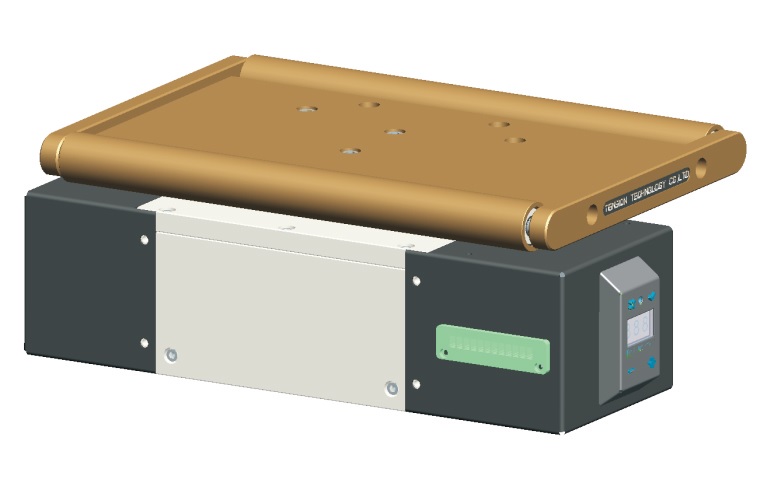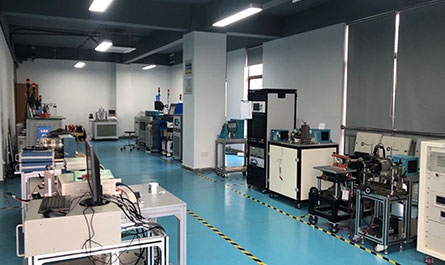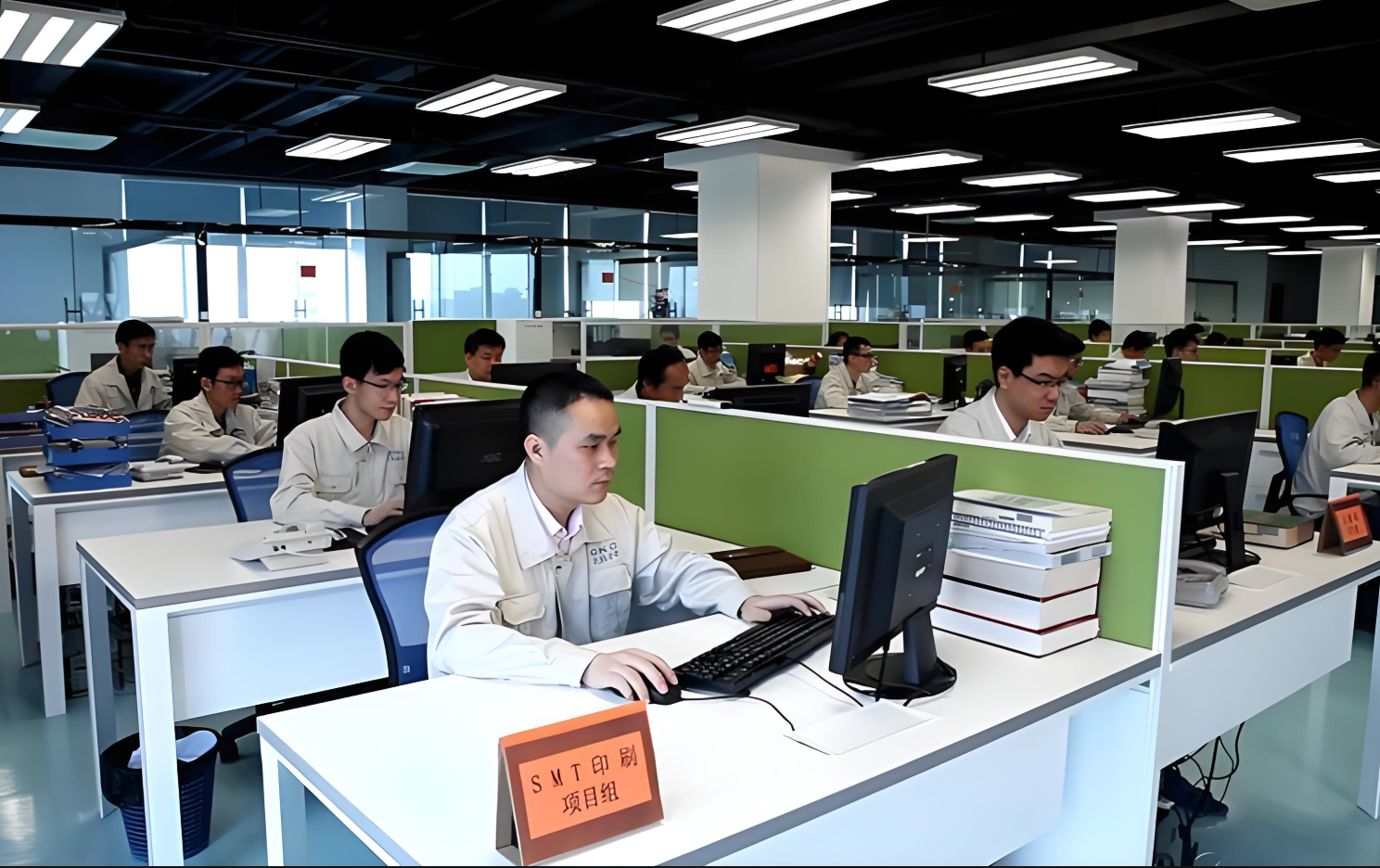🚀 Revolutionizing Precision How Multi-Axis Force Sensors Are Transforming Industries 🌐
In an era where precision and adaptability define success, industries worldwide are embracing technologies that push the boundaries of what’s possible. servo press multi-axis force sensors—the unsung heroes behind smarter machines, safer medical devices, and more responsive robotics. These advanced sensors are not just tools; they’re the backbone of innovation, enabling systems to “feel” and react to their environments with unparalleled accuracy. Let’s dive into why these sensors are becoming indispensable across sectors and how they’re reshaping the future. —–  **THE SCIENCE BEHIND THE SENSORS: A GLIMPSE INTO THE FUTURE 🤖** Multi-axis force sensors measure forces and moments across multiple directions simultaneously, typically in three (Fx, Fy, Fz) or six axes (adding rotational moments Mx, My, Mz). Unlike traditional single-axis sensors, these devices capture complex interactions in real time, providing a holistic view of mechanical behavior. Imagine a robotic arm assembling a delicate electronic component: it needs to sense pressure, torsion, and lateral forces all at once to avoid damage. That’s where multi-axis sensors shine. Built using strain gauge technology or advanced piezoelectric materials, these sensors convert mechanical stress into electrical signals. The result? A dynamic feedback loop that lets machines adapt instantly—whether it’s adjusting a prosthetic hand’s grip or optimizing an electric vehicle’s suspension on a bumpy road. —– **INDUSTRY SPOTLIGHT: WHERE INNOVATION MEETS APPLICATION 🔧** 1. **Robotics \u0026 Automation 🤖** From collaborative robots (cobots) working alongside humans to autonomous drones navigating unpredictable terrains, multi-axis sensors are the key to safe, efficient interactions. They enable robots to detect collisions, measure payloads, and refine movements with micron-level precision. For example, in manufacturing, sensors ensure robotic arms apply just the right force to install components without over-tightening or slipping. 2. **Healthcare \u0026 Medical Devices 🏥**
**THE SCIENCE BEHIND THE SENSORS: A GLIMPSE INTO THE FUTURE 🤖** Multi-axis force sensors measure forces and moments across multiple directions simultaneously, typically in three (Fx, Fy, Fz) or six axes (adding rotational moments Mx, My, Mz). Unlike traditional single-axis sensors, these devices capture complex interactions in real time, providing a holistic view of mechanical behavior. Imagine a robotic arm assembling a delicate electronic component: it needs to sense pressure, torsion, and lateral forces all at once to avoid damage. That’s where multi-axis sensors shine. Built using strain gauge technology or advanced piezoelectric materials, these sensors convert mechanical stress into electrical signals. The result? A dynamic feedback loop that lets machines adapt instantly—whether it’s adjusting a prosthetic hand’s grip or optimizing an electric vehicle’s suspension on a bumpy road. —– **INDUSTRY SPOTLIGHT: WHERE INNOVATION MEETS APPLICATION 🔧** 1. **Robotics \u0026 Automation 🤖** From collaborative robots (cobots) working alongside humans to autonomous drones navigating unpredictable terrains, multi-axis sensors are the key to safe, efficient interactions. They enable robots to detect collisions, measure payloads, and refine movements with micron-level precision. For example, in manufacturing, sensors ensure robotic arms apply just the right force to install components without over-tightening or slipping. 2. **Healthcare \u0026 Medical Devices 🏥**  Surgical robots, prosthetic limbs, and physical therapy equipment rely on these sensors to replicate human touch. During minimally invasive surgeries, force feedback helps surgeons “feel” tissue resistance through robotic tools, reducing risks. Meanwhile, smart prosthetics use real-time data to adjust grip strength, giving users natural, intuitive control. 3. **Automotive \u0026 Aerospace 🚗✈️** Electric vehicles (EVs) leverage multi-axis sensors for battery safety testing, crash simulations, and advanced driver-assistance systems (ADAS). In aerospace, they’re critical for wind tunnel testing, landing gear stress analysis, and ensuring structural integrity under extreme conditions. 4. **Consumer Electronics 📱** Ever wondered how your smartphone screen responds to subtle taps or swipes? Miniaturized force sensors enable touchscreens, haptic feedback, and even pressure-sensitive gaming controllers, creating seamless user experiences. —– **WHY CHOOSE MULTI-AXIS OVER SINGLE-AXIS? 🏆** The limitations of single-axis sensors are clear: they capture only one directional force, requiring multiple units to approximate multi-directional data. This setup introduces calibration challenges, higher costs, and increased complexity. Multi-axis sensors streamline the process with integrated design, offering: – **Higher Accuracy**: Eliminate cross-axis errors and signal interference. – **Compact Footprint**: Save space in tightly engineered systems. – **Cost Efficiency**: Reduce installation and maintenance expenses. – **Real-Time Adaptability**: Enable faster decision-making for dynamic environments. —– **BREAKING DOWN THE TECHNOLOGY: WHAT MAKES THEM TICK? ⚙️** Modern multi-axis sensors combine cutting-edge materials with intelligent software. Here’s a peek under the hood: – **Strain Gauges**: Arranged in Wheatstone bridge configurations, these detect minute deformations caused by applied forces. – **Piezoelectric Crystals**: Generate charge proportional to mechanical stress, ideal for high-frequency dynamic measurements. – **Embedded Electronics**: Onboard amplifiers and filters process raw signals, delivering clean, ready-to-use data.
Surgical robots, prosthetic limbs, and physical therapy equipment rely on these sensors to replicate human touch. During minimally invasive surgeries, force feedback helps surgeons “feel” tissue resistance through robotic tools, reducing risks. Meanwhile, smart prosthetics use real-time data to adjust grip strength, giving users natural, intuitive control. 3. **Automotive \u0026 Aerospace 🚗✈️** Electric vehicles (EVs) leverage multi-axis sensors for battery safety testing, crash simulations, and advanced driver-assistance systems (ADAS). In aerospace, they’re critical for wind tunnel testing, landing gear stress analysis, and ensuring structural integrity under extreme conditions. 4. **Consumer Electronics 📱** Ever wondered how your smartphone screen responds to subtle taps or swipes? Miniaturized force sensors enable touchscreens, haptic feedback, and even pressure-sensitive gaming controllers, creating seamless user experiences. —– **WHY CHOOSE MULTI-AXIS OVER SINGLE-AXIS? 🏆** The limitations of single-axis sensors are clear: they capture only one directional force, requiring multiple units to approximate multi-directional data. This setup introduces calibration challenges, higher costs, and increased complexity. Multi-axis sensors streamline the process with integrated design, offering: – **Higher Accuracy**: Eliminate cross-axis errors and signal interference. – **Compact Footprint**: Save space in tightly engineered systems. – **Cost Efficiency**: Reduce installation and maintenance expenses. – **Real-Time Adaptability**: Enable faster decision-making for dynamic environments. —– **BREAKING DOWN THE TECHNOLOGY: WHAT MAKES THEM TICK? ⚙️** Modern multi-axis sensors combine cutting-edge materials with intelligent software. Here’s a peek under the hood: – **Strain Gauges**: Arranged in Wheatstone bridge configurations, these detect minute deformations caused by applied forces. – **Piezoelectric Crystals**: Generate charge proportional to mechanical stress, ideal for high-frequency dynamic measurements. – **Embedded Electronics**: Onboard amplifiers and filters process raw signals, delivering clean, ready-to-use data.  – **AI Integration**: Pairing sensors with machine learning algorithms unlocks predictive maintenance and adaptive control. For instance, a sensor in an industrial robot might monitor vibrations during operation. Over time, AI analyzes patterns to predict motor wear, scheduling repairs before a breakdown occurs. —– **CASE STUDY: TRANSFORMING MANUFACTURING WITH SMART SENSORS 🏭** A leading automotive manufacturer recently integrated multi-axis force sensors into their assembly line robots. Previously, misaligned parts caused costly rework and delays. With the new system, robots now detect alignment issues in real time, adjusting their grip and torque automatically. The result? A 30% reduction in defects and a 20% boost in production speed. “These sensors have been a game-changer,” says the plant’s chief engineer. “We’re not just fixing errors—we’re preventing them.” —– **FUTURE TRENDS: WHAT’S NEXT FOR MULTI-AXIS SENSORS? 🌟** As industries demand greater intelligence and connectivity, multi-axis sensors are evolving in exciting ways: – **Miniaturization**: Shrinking sensors for wearable tech and micro-robotics. – **Wireless Connectivity**: Enabling IoT integration for remote monitoring. – **Self-Calibration**: Sensors that auto-adjust to maintain accuracy over time. – **Eco-Friendly Designs**: Sustainable materials for reduced environmental impact. In the coming decade, expect these sensors to play pivotal roles in quantum computing, brain-machine interfaces, and even space exploration.
– **AI Integration**: Pairing sensors with machine learning algorithms unlocks predictive maintenance and adaptive control. For instance, a sensor in an industrial robot might monitor vibrations during operation. Over time, AI analyzes patterns to predict motor wear, scheduling repairs before a breakdown occurs. —– **CASE STUDY: TRANSFORMING MANUFACTURING WITH SMART SENSORS 🏭** A leading automotive manufacturer recently integrated multi-axis force sensors into their assembly line robots. Previously, misaligned parts caused costly rework and delays. With the new system, robots now detect alignment issues in real time, adjusting their grip and torque automatically. The result? A 30% reduction in defects and a 20% boost in production speed. “These sensors have been a game-changer,” says the plant’s chief engineer. “We’re not just fixing errors—we’re preventing them.” —– **FUTURE TRENDS: WHAT’S NEXT FOR MULTI-AXIS SENSORS? 🌟** As industries demand greater intelligence and connectivity, multi-axis sensors are evolving in exciting ways: – **Miniaturization**: Shrinking sensors for wearable tech and micro-robotics. – **Wireless Connectivity**: Enabling IoT integration for remote monitoring. – **Self-Calibration**: Sensors that auto-adjust to maintain accuracy over time. – **Eco-Friendly Designs**: Sustainable materials for reduced environmental impact. In the coming decade, expect these sensors to play pivotal roles in quantum computing, brain-machine interfaces, and even space exploration.  —– **FINAL THOUGHTS: EMBRACE THE FORCE 🛠️** Multi-axis force sensors are more than components—they’re catalysts for progress. By bridging the gap between mechanical systems and digital intelligence, they empower industries to achieve what was once deemed impossible. Whether you’re designing the next-gen robot, refining medical devices, or pushing automotive boundaries, these sensors offer the precision, flexibility, and reliability needed to stay ahead. Ready to revolutionize your projects? The future of force sensing is here, and it’s multi-dimensional. —– This article is designed to inform and inspire, blending technical insight with real-world relevance. For more details on integrating multi-axis sensors into your applications, connect with our experts today! 📩💡
—– **FINAL THOUGHTS: EMBRACE THE FORCE 🛠️** Multi-axis force sensors are more than components—they’re catalysts for progress. By bridging the gap between mechanical systems and digital intelligence, they empower industries to achieve what was once deemed impossible. Whether you’re designing the next-gen robot, refining medical devices, or pushing automotive boundaries, these sensors offer the precision, flexibility, and reliability needed to stay ahead. Ready to revolutionize your projects? The future of force sensing is here, and it’s multi-dimensional. —– This article is designed to inform and inspire, blending technical insight with real-world relevance. For more details on integrating multi-axis sensors into your applications, connect with our experts today! 📩💡